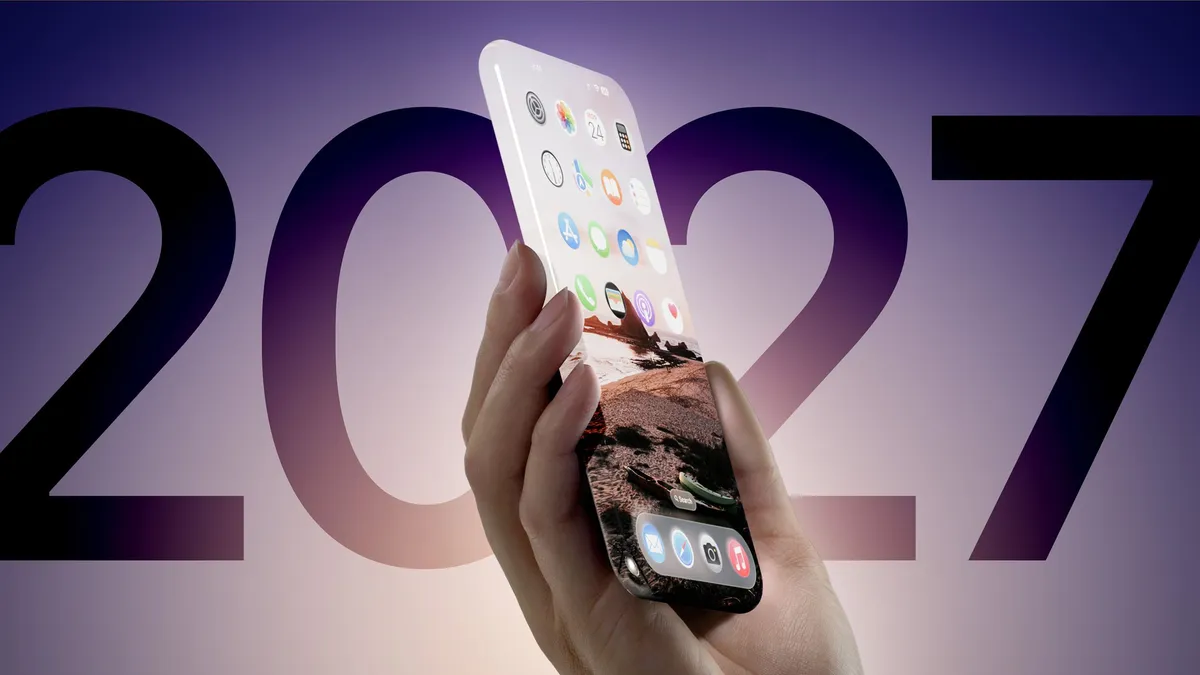
Apple's new iPhone lineup, set to launch in the fall of 2027, is expected to be named the iPhone 20 models, according to insights from the research firm Omdia. This revelation came during a conference held in Seoul, where Omdia's Chief Researcher, Heo Moo-yeol, confirmed ongoing rumors regarding significant changes in Apple's iPhone release strategy.
Omdia's research indicates that Apple plans to transition the launch of its standard iPhone models to the first half of the year. This strategic move is anticipated to create a more dynamic product lineup leading up to the device's 20th anniversary. In early 2027, Apple is expected to introduce the iPhone 18e and the standard iPhone 18. Following this, the company will unveil a new generation of devices in the latter part of the year, including the iPhone Air, iPhone 20 Pro, iPhone 20 Pro Max, and a second-generation foldable iPhone.
This decision to skip the iPhone 19 nomenclature mirrors a similar strategy Apple employed during the launch of the iPhone X in 2017, where they bypassed the iPhone 9 in favor of a Roman numeral to mark the device's 10th anniversary. The reset of the iPhone naming convention is part of a larger effort to invigorate Apple's flagship product line.
According to Omdia, the upcoming changes in the iPhone launch schedule are expected to lead to a decrease in demand. Notably, there will be no introduction of the iPhone 18 in 2026, as Apple plans to focus solely on higher-end models for that year's fall lineup. This shift will result in a temporary reduction of iPhone panel orders by approximately 20 million units.
Despite the anticipated short-term decline in demand, industry experts believe that this will be balanced out in the long run by the introduction of foldable iPhones. Reports from ETNews in August indicated that Apple had communicated to some suppliers that the iPhone 18 would not be included in the 2026 lineup, reinforcing the focus on premium models.
Further insights from sources such as The Information and renowned Apple analyst Ming-Chi Kuo suggest that Apple is contemplating a biannual release schedule. This strategy aims to sustain sales throughout the year by launching new devices in both the first and second halves, rather than concentrating sales in the fourth quarter, which typically follows Apple's September events. This approach could help Apple tap into periods of historically lower consumer demand.
As the iPhone 17 lineup is believed to be the last to adhere to Apple's traditional release pattern, the upcoming changes could mark a significant evolution in how Apple presents its flagship smartphones to the market.